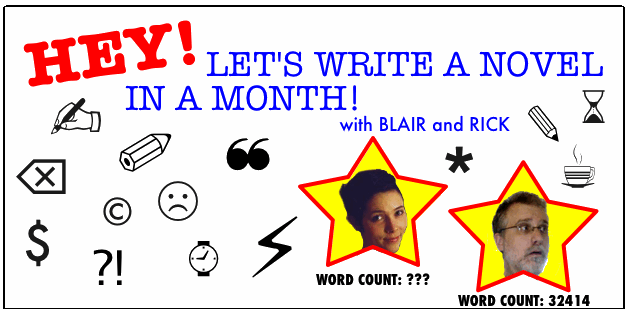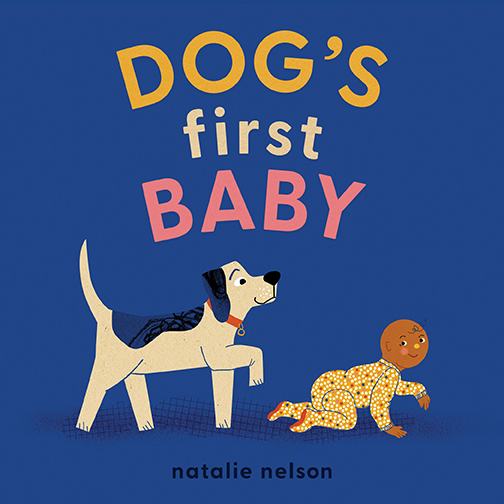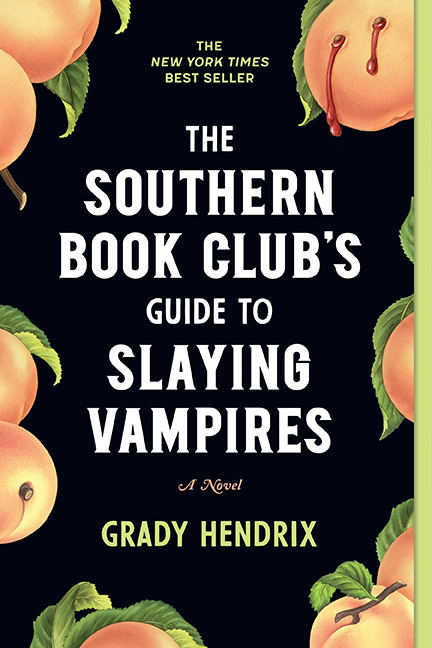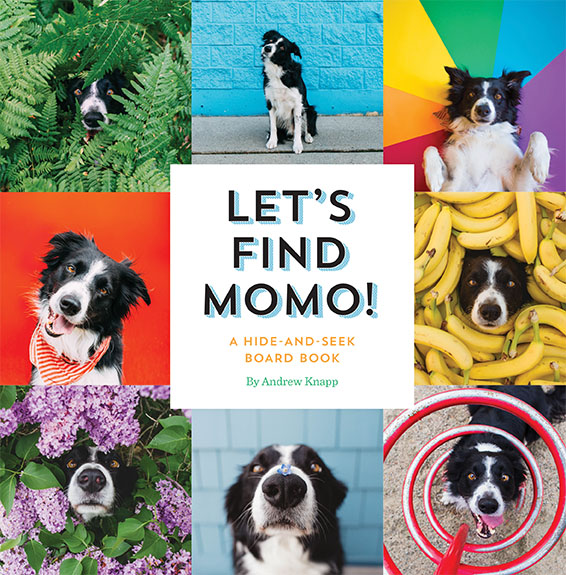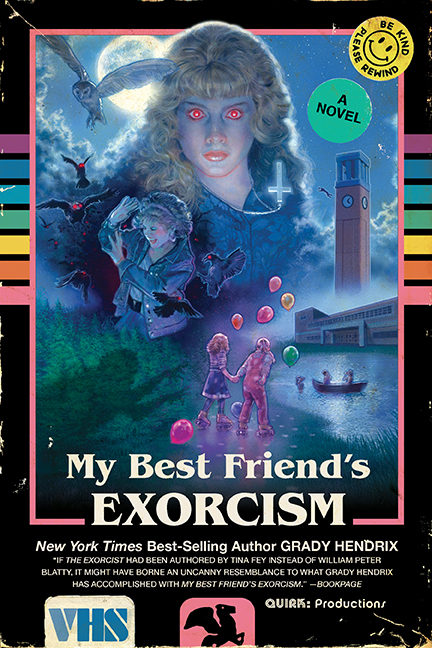Our Blog
The Resurrectionist Chalks the Walk at NYC’s The Strand August 18!
Performance art in the street is pretty cool. The art of The Resurrectionist is really cool. Bring the two together live, on a sidewalk? Amazing.
On August 18th, from 11 to 2, come on out to New York City's fabulous Strand bookstore to see author/illustrator E.B. Hudspeth recreate his book cover in chalk, in 3D—on the sidewalk. Stop and watch on the store's Broadway side and see the cover take chalky shape on the ground, then stop inside for your own (portable) copy of The Resurrectionist. (And, in the meantime, check out this interview with the author)
Posted by Blair Thornburgh
Happy Birthday, J.K. Rowling!
Dear, Dear J.K. Rowling,
Today it’s your birthday. Well, yours and Harry’s. My present to you is a Why You’re Awesome list. Because, homegirl, without you, I’d just be some random muggle. Now I’m an informed muggle.
Posted by Preeti Chhibber
7 Characters From the Harry Potter Universe Who Deserve More Words
When JK Rowling approached the end of the tales of Harry Potter, and announced it was truly the end and to not be continued, I wasn’t fazed. By all means, end it! But this isn’t the say that we should depart from this world entirely. After all, Rowling crafted such a rich one, and it’s frankly criminal that our playtime ends with the conclusion of Harry’s adventures. I am, of course, arguing the point that Rowling and fans could come to a win-win agreement over the subject easily: give us some spin-offs and side stories based on characters who aren’t Harry Potter.
Here are some of my ideas—seven(ish) characters for seven books dedicated to Harry Potter’s story—free of charge.
Posted by Kristina Pino
The Little Luxuries of Roughing It: How to Camp with Good Taste
(image via flickr)
It’s funny how most of my favorite camping memories are about food. Like the time, two days into a camping trip in Big Sur, friends pulled profiteroles from deep inside their cooler like a magician pulling a rabbit from a hat. They warmed rich, creamy chocolate sauce on the fire and drizzled it over the ice-cream-filled pastry puffs. We devoured the unexpected treat around the campfire, licking every last bit of gooey, rich chocolate goodness from our fingers. Decadent, delicious, unforgettable.
Posted by Robin Donovan
Keep Cool this National Ice Cream Month with Book-Inspired Flavors!
Image by StockSnap from Pixabay
It’s National Ice Cream Month! It’s also July, and it’s also very, very hot. And while we love all the regular kinds of ice cream just fine (you can pry Chubby Hubby from our still-warm, heatstroke-dead hands), we wondered what would happen if worlds collided and books became ice cream (not literally, though, because that would be gross). Get your hybrid freezer/bookshelves ready, because here are six tasty samples!
Posted by Quirk Books Staff


